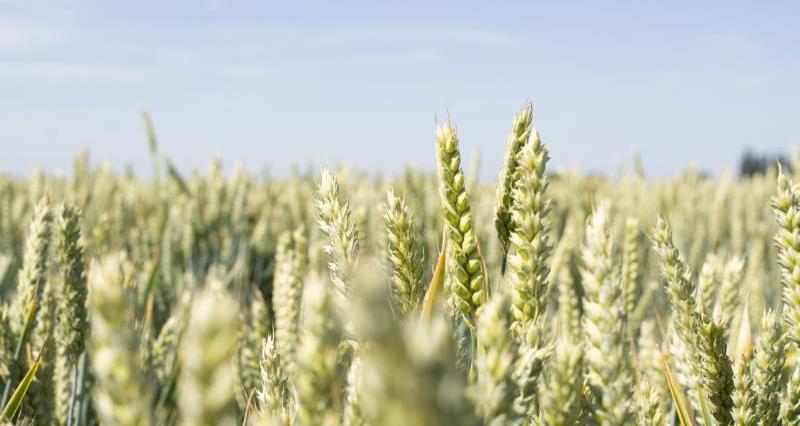Recently I have been lucky enough to attend a plant breeding open day at the John Innes Centre and a Designing Future Wheat day at Rothamsted Research, with them both being great opportunities to learn about the amazing research going on that we are so often far removed from. Some of the research going on behind the scenes will feed into future varietal development or may be lost and not make it commercially - it is essential that varieties that would offer tangible benefits with regards to efficiencies and productivity on farm make it through to the market.
We are keen to bridge the gap between farmers and researchers and have more conversations with breeders about the desired traits at farm level; this may include nutrient use efficiency and targeted resistance to certain pests and diseases. In a world where we are fighting for every active in the armoury it is vital that plant breeding is there in the place of old chemistry.
The research projects I have been lucky enough to observe of late have covered exploration of all sorts of exciting areas. Work to identify genes for different phenotypic qualities of crops and how these can be of benefit to today’s crop cultivations is not new, but developments are continued and many, attributing these specific genes to specific qualities, isolating them through crossing and speed breeding into breeding material is key to new features gleaned from numerous varieties. The examination of historic or landrace varieties and determining if there are certain qualities that could be of use to modern day breeding and growing is also exciting, cherry picking these and introducing them to future varieties.
It should also be noted the retrospective view which some current research has been based upon and the need to occasionally look back to move forwards. Looking to historic breeds could offer traits that were previously overlooked, but may be useful now as new pressures emerge. Also for example, some gene discoveries which have enabled significant leaps in wheat cultivation - such as the Rht genes for stem shortening - may have other applications, or may be able to be adapted to create a specific variety of a specific height for a specific desired outcome for specific growing conditions.
One of the research projects at Rothamsted was particularly poignant given the current political environment, focusing on nitrogen capture and its release from wheat plants and how this is affected by various growing systems; fertiliser type, amount and application method, level of incorporation, crop rotation, tillage etc. This project was in its first year, but I think it has huge potential to drive further research as well as providing invaluable data to base future policy decisions on, whilst also becoming a key education tool for farmers. This is also especially pertinent with the current focus on ammonia emissions and the use of urea on farm following the Clean Air Strategy and pending urea consultation.
I must say thank you to both John Innes and Rothamsted for opening their doors and providing such wonderful insight. It was fascinating to learn more about the mechanisms behind plant breeding and how some of the traits we are so reliant on and perhaps take for granted were discovered and have been bought to the forefront. I think it is crucial to appreciate the work that goes into research and pre-breeding behind new varieties, but also the preciseness of every targeted research project which may lend itself to the initiation of another, building the knowledge base leading to the eventual cultivation of new germplasms.
On a different note, my inner history enthusiast was indulged by a sneak peak at the Rothamstead archives. In these rooms were shelves upon shelves of samples from the mid-19th century spanning across the decades to the present day. Soil, grain, silage, straw all meticulously sampled and collated providing significant history and a huge evidence base of variation in samples across the years, including sulphur deposition and even tell tale signs of the ban on lead fuel. My favourite part of the archive though, has to be the use of recycled food tins for storage during WWII. Through the lack of spare tin for sample containment, the recycling of ration tins was an excellent reminder of the war efforts and an accidental tribute to the resourcefulness and dedication shown.
